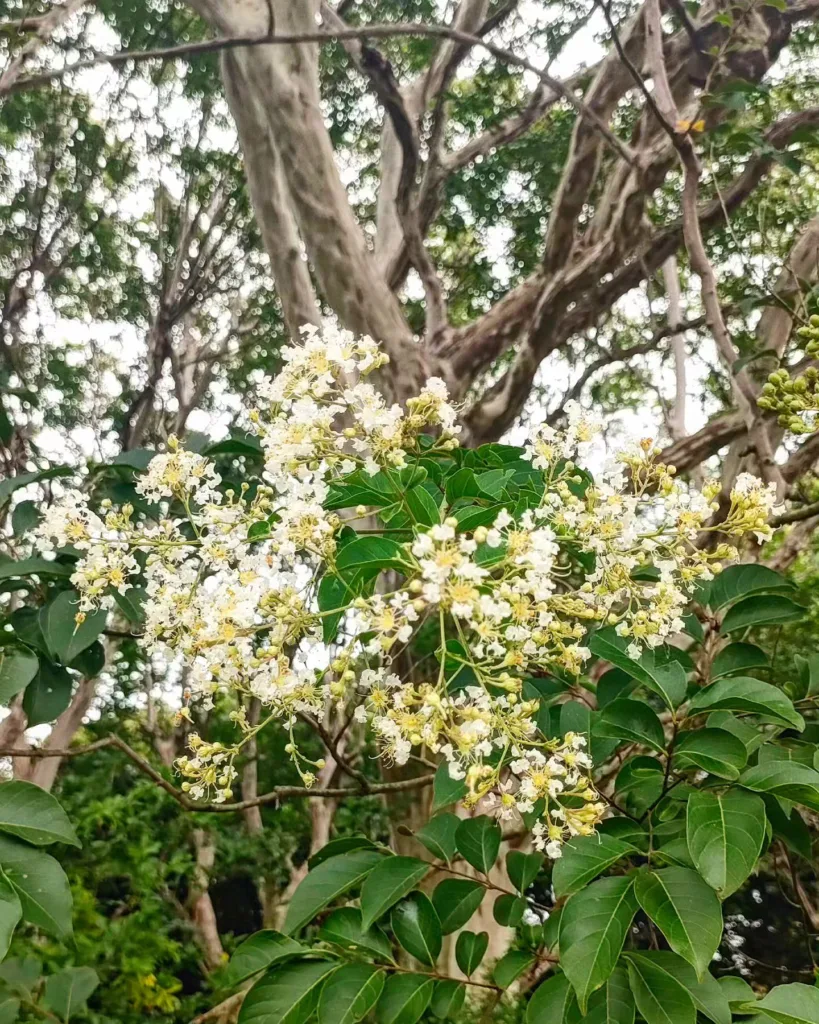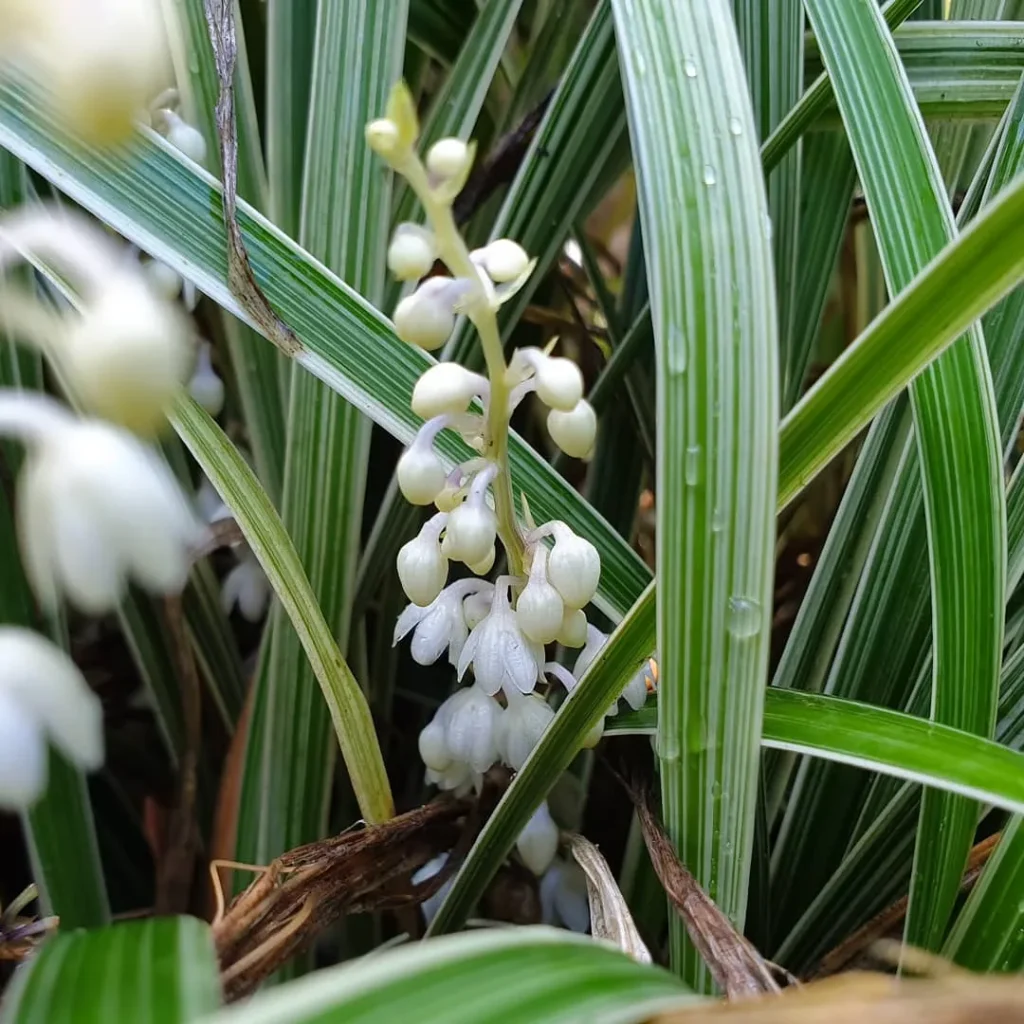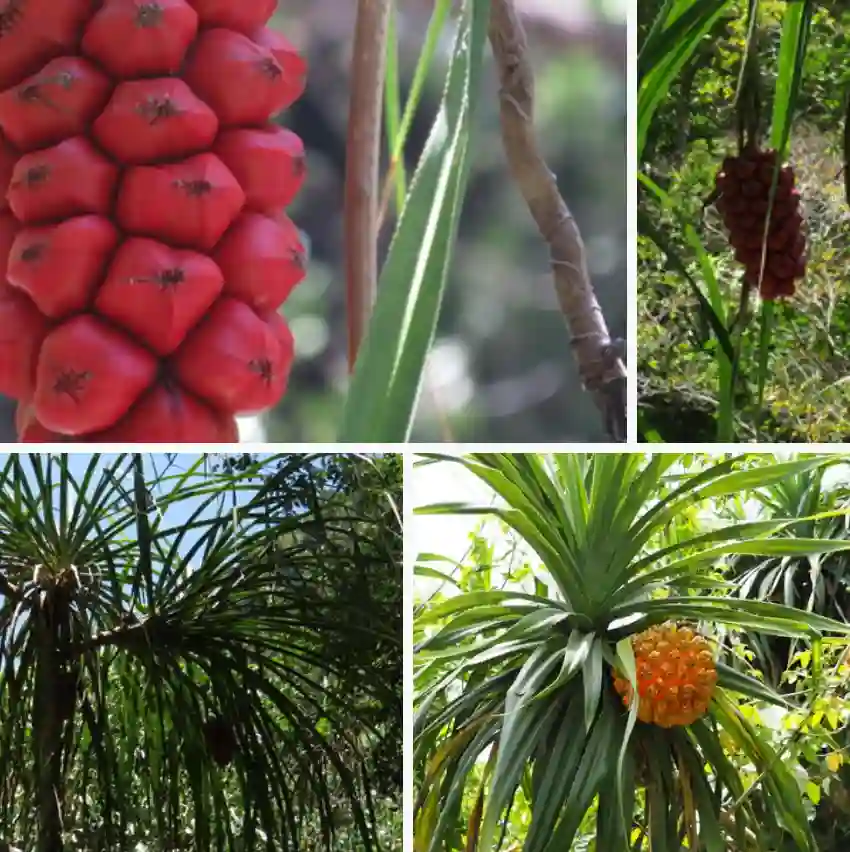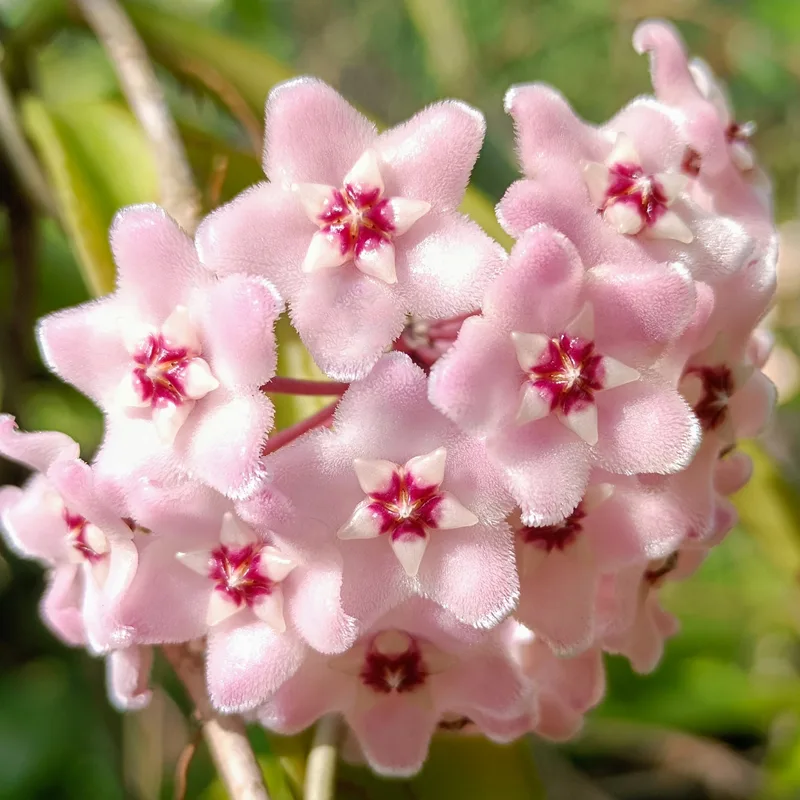A Love Letter to Marantaceae: My Journey with the Prayer Plant Family
I, Ferb Vu, have always had a special connection to the plant kingdom. The vibrant hues, intricate leaf patterns, and the quiet resilience of flora have always captivated me. Among the many plant families that have graced my life, the Marantaceae, often referred to as the prayer plant family, holds a unique place in my heart.
The Allure of Marantaceae
The Marantaceae family boasts an astonishing array of approximately 550 species across 28 genera. Their native habitat stretches across the tropical regions of the Americas, Africa, and Asia, where they thrive in the humid understories of lush rainforests. Their common name, “prayer plants,” stems from their fascinating habit of raising their leaves towards the sky in the evening, reminiscent of hands folded in prayer.
Genera
- Maranta: The namesake of the family, Maranta plants are beloved for their striking foliage, often adorned with intricate patterns and contrasting colors. – 51 Species in Genus Maranta
- Calathea: These beauties are renowned for their large, round leaves that boast a kaleidoscope of patterns and textures. – 59 Species in Genus Calathea
- Stromanthe: With their elongated leaves and vibrant hues, Stromanthe plants add a touch of drama to any collection. – 20 Species in Genus Stromanthe
- Ctenanthe: These plants showcase captivating patterns on their lance-shaped leaves, adding a touch of elegance to their surroundings. – 15 Species in Genus Ctenanthe
- Afrocalathea: A genus of tropical African perennial herbs known for their striking foliage with contrasting patterns and colors, often used as ornamental plants.
- Donax: A genus of reed-like perennial herbs native to tropical regions, characterized by their tall, slender stems and large, paddle-shaped leaves.
- Goeppertia: A diverse genus of tropical American herbs with beautiful foliage often marked with intricate patterns, popular as houseplants. – 244 Species in Genus Goeppertia
- Halopegia: A genus of perennial herbs found in tropical Asia and Africa, with distinctive, asymmetrical leaves and small, white or purple flowers.
- Haumania: A monotypic genus represented by Haumania danckelmaniana, a large herb native to Central Africa, with broad leaves and cone-like inflorescences.
- Hypselodelphys: A genus of perennial herbs native to South America, with elongated leaves and small, white or purple flowers.
- Indianthus: A monotypic genus containing Indianthus virgatus, a perennial herb endemic to southern India, with lance-shaped leaves and small, white flowers.
- Ischnosiphon: A genus of perennial herbs native to tropical America, characterized by their reed-like stems and often colorful bracts surrounding the flowers.
- Marantochloa: A genus of perennial herbs found in tropical Africa, with broad leaves and small, white or purple flowers, some species used in traditional medicine.
- Megaphrynium: A genus of large herbs native to tropical Africa, with broad leaves and showy inflorescences, often cultivated for their ornamental foliage.
- Monophyllanthe: A genus of perennial herbs found in tropical America, with a single large leaf and small, white or yellow flowers.
- Monotagma: A genus of perennial herbs native to tropical America, with elongated leaves and small, white or purple flowers.
- Myanmaranthus: A monotypic genus represented by Myanmaranthus monochlamys, a rare herb endemic to Myanmar, with unique floral characteristics.
- Myrosma: A genus of perennial herbs native to tropical America, with fragrant leaves and small, white or yellow flowers.
- Phrynium: A genus of perennial herbs found in tropical Asia, with broad leaves and showy inflorescences, often cultivated for their ornamental foliage.
- Pleiostachya: A genus of perennial herbs native to tropical America, with elongated leaves and small, white or purple flowers.
- Sanblasia: A monotypic genus containing Sanblasia dressleri, a rare herb endemic to Panama, with unusual, peltate leaves.
- Saranthe: A genus of perennial herbs native to tropical America, with colorful foliage and small, white or yellow flowers.
- Sarcophrynium: A genus of perennial herbs found in tropical Africa, with broad leaves and often colorful inflorescences, cultivated for their ornamental foliage.
- Schumannianthus: A genus of perennial herbs native to Southeast Asia, with broad leaves and small, white or purple flowers.
- Stachyphrynium: A genus of perennial herbs found in tropical Asia, with broad leaves and often colorful inflorescences.
- Thalia: A genus of aquatic or semi-aquatic herbs found in tropical and subtropical regions, with large, paddle-shaped leaves and purple flowers. – 6 Species in Genus Thalia
- Thaumatococcus: A monotypic genus represented by Thaumatococcus daniellii, a perennial herb native to tropical Africa, known for its sweet fruits containing thaumatin, a natural sweetener.
- Trachyphrynium: A genus of perennial herbs native to tropical Africa, with broad leaves and often colorful inflorescences, some species used in traditional medicine.
The Joy of Cultivation
Cultivating Marantaceae plants has been a rewarding experience. They thrive in bright, indirect light and prefer consistently moist soil. Their sensitivity to fluctuations in humidity and temperature can pose a challenge, but their beauty more than compensates for the extra care they require.
The Therapeutic Power of Plants
My journey with Marantaceae has been more than just a horticultural pursuit. It has been a source of solace, inspiration, and connection to the natural world. The simple act of caring for these plants, observing their growth, and appreciating their unique beauty has brought immense joy and tranquility to my life.
A Lifelong Bond
The Marantaceae family, with its stunning diversity and captivating beauty, has left an indelible mark on my life. Their presence in my home has not only enhanced its aesthetic appeal but has also enriched my soul. As I continue my journey with these remarkable plants, I am filled with gratitude for the joy and wonder they bring.
A Green Legacy
I believe that every plant has a story to tell, and the Marantaceae family has shared its story with me in the most beautiful way. Through their vibrant colors, intricate patterns, and quiet resilience, they have reminded me of the interconnectedness of all living things and the profound beauty that surrounds us.
My love for Marantaceae is a testament to the enduring power of nature to inspire, heal, and connect us to something greater than ourselves. It is a bond that will continue to blossom and flourish for years to come.
If i die, water my plants!



